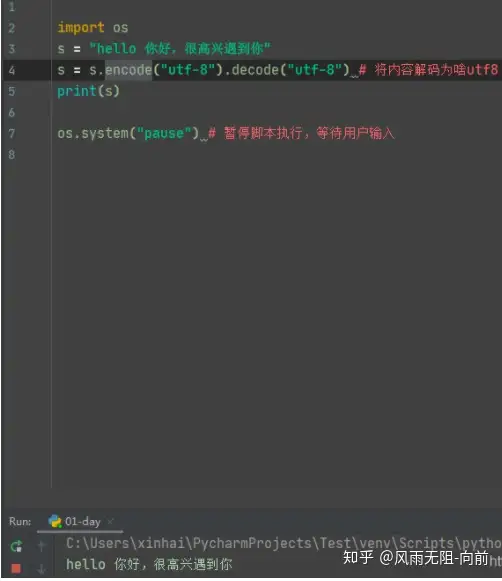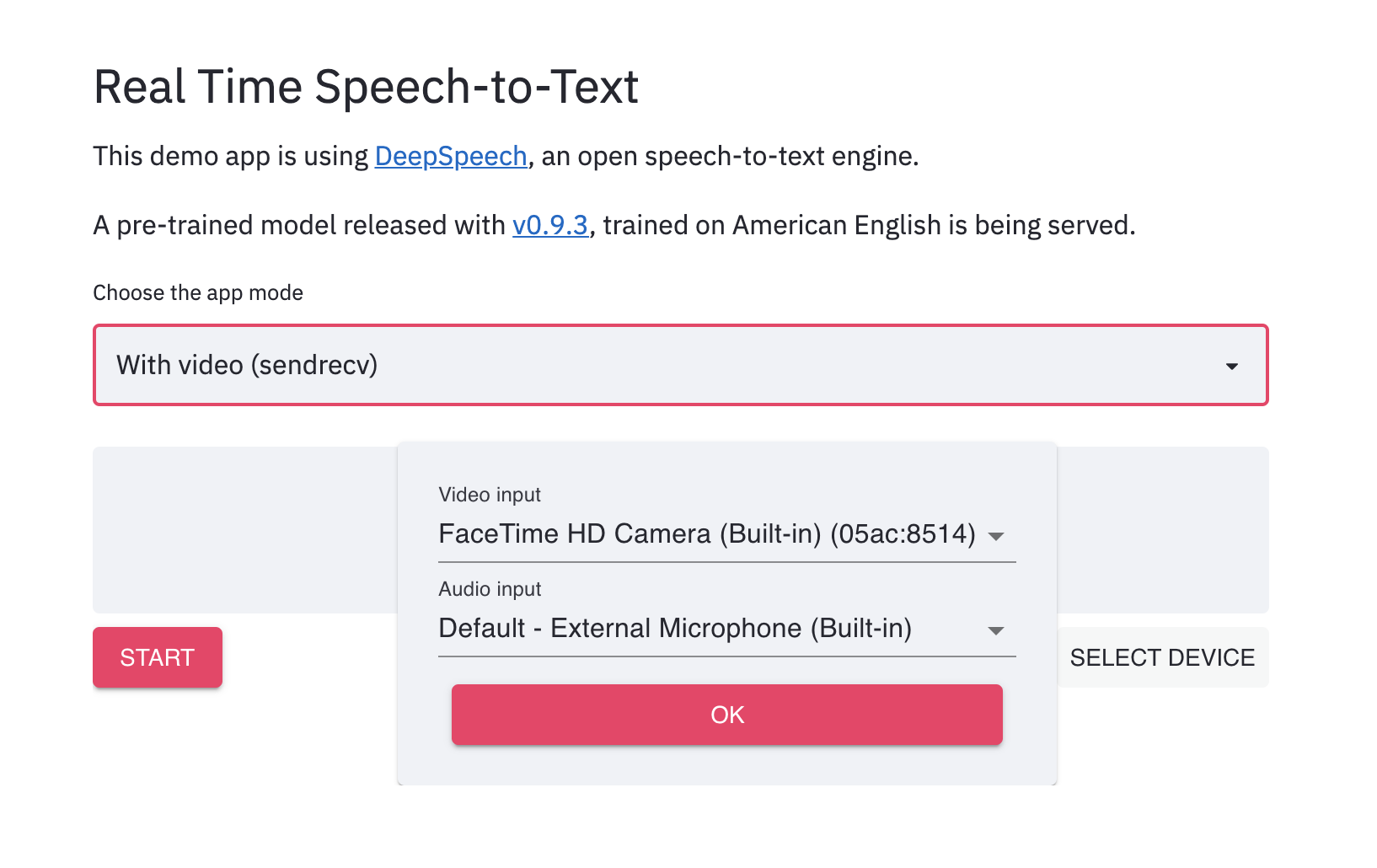Attributeerror: Str Object Has No Attribute Decode
Errors in programming are common occurrences, especially when working with complex languages like Python. One such error that commonly arises is the “AttributeError: ‘str’ object has no attribute ‘decode’.” This error message often confuses beginner and even intermediate programmers, leaving them puzzled as to how to resolve it.
Explanation of AttributeError
In Python, an AttributeError is raised when an object does not possess the attribute being accessed. It is a specific type of exception that occurs when a code attempts to access or modify an attribute of an object that does not exist.
Background on AttributeError and its occurrence in Python programming
The AttributeError is one of the most frequently encountered exceptions in Python programming. It can occur in various scenarios, such as when trying to access a non-existent method or attribute of an object or when mistakenly using an incorrect syntax.
Understanding ‘str’ Object
Before delving into the specific error, it is essential to understand the ‘str’ object in Python. The ‘str’ object represents a string in Python and is one of the fundamental data types in the language. Strings are used to store and manipulate textual data, making them a crucial aspect of any programming language.
AttributeError: ‘str’ object
The specific error message, “AttributeError: ‘str’ object has no attribute ‘decode’,” suggests that the code is attempting to use the ‘decode()’ method on a ‘str’ object. However, the ‘decode()’ method is not applicable to ‘str’ objects.
The ‘decode()’ method is used to convert a bytes-like object, such as those obtained from network operation or file reading, into a string. Since ‘str’ objects in Python are already considered as strings, attempting to use the ‘decode()’ method on them results in the AttributeError.
Underlying Cause of the Error
The underlying cause of the AttributeError: ‘str’ object has no attribute ‘decode’ error is a misunderstanding of the available methods and their applicability to different object types in Python. While the ‘decode()’ method is commonly used to convert bytes-like objects into strings, the ‘str’ object itself does not require any decoding.
Attempting to Decode a ‘str’ Object
When developers encounter the AttributeError: ‘str’ object has no attribute ‘decode’ error, it generally indicates that they are trying to apply the ‘decode()’ method to a ‘str’ object. This often occurs when the code mistakenly assumes the ‘str’ object is of a different type, typically a bytes-like object, which does require decoding.
Available Methods for ‘str’ Object
To understand why the ‘decode()’ method cannot be used on a ‘str’ object, it is crucial to know the various methods applicable to ‘str’ objects. A few commonly used methods for ‘str’ objects include ‘encode()’ (used to convert strings to bytes), ‘upper()’ (converts the string to uppercase), ‘lower()’ (converts the string to lowercase), ‘strip()’ (removes leading and trailing whitespace), and many more. These methods allow for effective manipulation and transformation of string data.
Alternative Methods to Decode a ‘str’ Object
Fortunately, Python offers alternative methods to handle the decoding of ‘str’ objects. One of the commonly used alternatives is the ‘encode()’ method, which converts a ‘str’ object into a bytes-like object. This conversion can be useful in scenarios where interaction with network operations or file handling API requires the data to be in a different format.
Common Mistakes and Solutions
Now that we understand the cause and alternative methods, it is essential to examine common mistakes leading to the AttributeError: ‘str’ object has no attribute ‘decode’ error and provide appropriate solutions.
1. Mistake: Assuming a ‘str’ object requires decoding.
Solution: Identifying the specific object type and understanding its inherent properties and available methods can prevent this mistake. Double-checking the object type and its requirements before attempting to use specific methods helps avoid unnecessary errors.
2. Mistake: Incorrect syntax in calling methods.
Solution: Ensuring that the syntax used to call methods is correct is crucial. Carefully reviewing the documentation and examples of methods can help in using them accurately.
Handling Exceptions
Handling exceptions is an integral part of the error resolution process. In Python, exceptions are handled using ‘try’ and ‘except’ statements. When encountering the AttributeError: ‘str’ object has no attribute ‘decode’ error, wrapping the code that potentially raises the error in a ‘try’ block and handling the exception appropriately can prevent program termination and provide more graceful error-handling behavior.
Prevention and Best Practices
To avoid encountering the AttributeError: ‘str’ object has no attribute ‘decode’ error, here are some prevention tips and best practices:
1. Understand the object type before applying methods: Always ensure that you have an accurate understanding of the object type and its supported methods before attempting to apply them.
2. Read the documentation: Reading and familiarizing yourself with the documentation and examples provided by Python can significantly reduce errors.
3. Test with sample data: Before implementing code in production, perform thorough testing with sample data to identify any potential errors or exceptions.
4. Use exception handling: Employing appropriate exception handling techniques ensures that code execution continues smoothly, even in the face of errors.
In conclusion, the AttributeError: ‘str’ object has no attribute ‘decode’ error is a common mistake made by programmers when attempting to use the ‘decode()’ method on a ‘str’ object. Understanding the nature of the error, alternative methods, and best practices for prevention and resolution can significantly enhance the development process. By avoiding misinterpretations and utilizing the correct methods, developers can write more robust and error-free Python programs.
Attributeerror: ‘Str’ Object Has No Attribute ‘Decode’ In Logistic Regression Algorithm
Keywords searched by users: attributeerror: str object has no attribute decode A bytes-like object is required, not ‘str, Base64 decode Python, Str encode decode, Decode trong Python, Decode hex Python, String decode, Str decode Python 3, Convert string to unicode
Categories: Top 82 Attributeerror: Str Object Has No Attribute Decode
See more here: nhanvietluanvan.com
A Bytes-Like Object Is Required, Not ‘Str
In the world of programming, there are various data types used to represent information. One such data type is a string, commonly known as ‘str’ in many programming languages. While strings are versatile and widely used, there are situations where a different data type, referred to as a bytes-like object, is required.
So, what exactly is a bytes-like object, and why is it necessary in certain scenarios? In this article, we will explore the concept of bytes-like objects, discuss their usage, and delve into the reasons behind why they are needed instead of strings.
Understanding bytes-like objects
A bytes-like object, as the name suggests, is an object that behaves like a sequence of bytes. It is essentially a series of individual byte values that can be manipulated or processed in various ways. Bytes-like objects are often used to store and work with binary data, such as images, audio files, or network packets, where each byte represents a specific piece of information.
While strings and bytes-like objects may seem similar in concept, they have distinct differences. Strings are typically used to represent human-readable text and are comprised of characters, each composed of multiple bytes based on the encoding scheme used (e.g., ASCII, UTF-8). On the other hand, bytes-like objects are raw binary data, where each item represents an 8-bit value.
When is a bytes-like object required?
Now that we have a basic understanding of bytes-like objects, let’s explore when and why they are necessary.
1. Working with binary data: As mentioned earlier, bytes-like objects are often employed when dealing with binary data. In scenarios like reading or writing files in binary mode, handling network protocols, or encryption algorithms, bytes-like objects are preferred to ensure the accuracy and integrity of the data. These objects allow direct manipulation of individual bytes, making them ideal for low-level tasks.
2. Interfacing with external systems: Many external systems or libraries that deal with binary data or perform low-level operations expect input or output in the form of bytes-like objects. Using a string instead of a bytes-like object may result in compatibility issues or incorrect behavior. Thus, adhering to the appropriate data type is essential to ensure seamless integration and correct functionality.
3. Improved performance: In certain cases, using a bytes-like object instead of a string can significantly enhance performance. Since bytes-like objects are immutable, they can be more efficiently processed and optimized in memory. Additionally, many operations, such as bitwise operations or indexing, are faster on bytes-like objects due to their underlying representation and direct access to individual bytes.
Frequently Asked Questions (FAQs):
1. Can I convert a string to a bytes-like object?
Yes, you can convert a string to a bytes-like object by encoding it using a specific encoding scheme, like UTF-8. This conversion allows you to manipulate the string as binary data.
2. How do I convert a bytes-like object back to a string?
To convert a bytes-like object back to a string, you can use the decoding method with the appropriate encoding scheme. For example, you can decode a bytes-like object using UTF-8 to obtain the corresponding string representation.
3. What is the difference between ‘str’ and ‘bytes’ data types?
The ‘str’ data type represents human-readable text and is composed of characters encoded based on a specific encoding scheme. In contrast, the ‘bytes’ data type represents raw binary data and is made up of individual byte values. Strings can be converted to bytes and vice versa using appropriate encoding and decoding methods.
4. Are bytes-like objects mutable?
No, bytes-like objects are immutable, meaning their content cannot be changed once created. If you need to modify the binary data, you’ll have to create a new bytes-like object with the desired changes.
5. Can I perform string operations on bytes-like objects?
No, you cannot perform standard string operations on bytes-like objects directly. Since they are different data types, trying to apply string operations to bytes-like objects will result in a TypeError. You must use bytes-specific operations or convert the bytes-like object to a string first.
Conclusion
In programming, using the correct data type is crucial for proper functionality, compatibility, and performance. While strings have their place in representing human-readable text, there are situations where bytes-like objects are required to handle binary data effectively. Understanding the distinction between the two and the scenarios where bytes-like objects are necessary will help developers write more efficient and reliable code.
Base64 Decode Python
## Base64 Encoding and Decoding
Binary data, such as images or files, cannot be directly represented in text format. Base64 encoding transforms such binary data into a text format that can be easily transmitted or stored. It achieves this by representing every three bytes of binary data in four ASCII characters. However, this also results in a slight increase in the size of the encoded data.
Base64 decoding, on the other hand, is the process of converting the encoded Base64 data back into its original binary form. This is achieved by reversing the encoding process and converting the ASCII characters back into their original binary representation.
## Base64 Decoding in Python
Python provides a straightforward way to decode Base64 data through the `base64` module. The module contains various methods for encoding and decoding Base64 data. The most commonly used method for decoding Base64 data is the `b64decode()` method, which takes in the Base64 encoded data as input and returns the decoded binary data.
To illustrate the process, let’s assume we have a Base64 encoded string, `encoded_str`, and we want to decode it:
“`python
import base64
encoded_str = ‘SGVsbG8gV29ybGQ=’
decoded_data = base64.b64decode(encoded_str)
print(decoded_data)
“`
In this example, we import the `base64` module, define the `encoded_str` variable which contains the Base64 encoded string, and then use the `b64decode()` method to decode it. Finally, we print the decoded binary data to the console.
## Handling Decoded Data
By default, the `b64decode()` method returns the decoded data as a `bytes` object. Depending on the use case, it is essential to handle the decoded data appropriately.
If the decoded data represents a string, it can be converted to a string using the `decode()` method:
“`python
decoded_str = decoded_data.decode(‘utf-8’)
“`
Alternatively, if the decoded data represents an image or a file, it can be directly written to a file using the appropriate file writing mode:
“`python
with open(‘decoded_image.png’, ‘wb’) as file:
file.write(decoded_data)
“`
In this example, we open a file named `decoded_image.png` in binary write mode (`’wb’`) and write the decoded binary data into it.
## Frequently Asked Questions (FAQs)
### Q1: Why should I use Base64 encoding?
Base64 encoding is primarily used when binary data needs to be safely transmitted or stored in a text-based format. It ensures that non-text data can be properly handled without any loss of information. Common use cases include encoding images in emails, transmitting binary data over HTTP, or storing binary data as text in databases.
### Q2: Can I encode any binary data using Base64?
Yes, you can encode any binary data using Base64. However, it is important to note that the encoded data will be larger than the original binary data. Hence, it may not be suitable for encoding large files or data sets that require efficient storage.
### Q3: Can I decode Base64 data encoded in other programming languages?
Yes, Base64 decoding is language-agnostic. The encoding and decoding algorithms are standardized, allowing Base64 data encoded in one language to be easily decoded in another. Therefore, if you have Base64 data encoded in another programming language, you can still decode it using Python’s `base64` module.
### Q4: How can I handle errors while decoding Base64 data?
The `base64` module provides an additional parameter, `altchars`, that allows you to specify alternative characters for the `+` and `/` characters in the Base64 alphabet. This is useful when dealing with Base64 data that might contain URL-safe characters or when working with non-standard Base64 encodings.
Additionally, if the Base64 encoded data is invalid or improperly padded, a `binascii.Error` exception will be raised. Therefore, it is good practice to handle this exception using a `try-except` block to gracefully handle any decoding errors.
“`python
try:
decoded_data = base64.b64decode(encoded_str)
except base64.binascii.Error:
print(“Invalid Base64 encoded data.”)
“`
In this example, we try to decode the Base64 `encoded_str`, and if any decoding error occurs, it is handled by printing an error message.
## Conclusion
Base64 decoding is a useful functionality provided by Python’s `base64` module. It allows users to easily convert Base64 encoded data back into its original binary form. By learning how to decode Base64 data, developers can handle binary data more effectively and integrate it into their Python applications seamlessly.
Images related to the topic attributeerror: str object has no attribute decode

Found 44 images related to attributeerror: str object has no attribute decode theme









![Attributeerror: str object has no attribute decode [SOLVED] Attributeerror: Str Object Has No Attribute Decode [Solved]](https://itsourcecode.com/wp-content/uploads/2023/03/Attributeerror-str-object-has-no-attribute-decode-1.png)





































Article link: attributeerror: str object has no attribute decode.
Learn more about the topic attributeerror: str object has no attribute decode.
- ‘str’ object has no attribute ‘decode’. Python 3 error? [duplicate]
- AttributeError: ‘str’ object has no attribute ‘decode’ – bobbyhadz
- Attributeerror: ‘str’ object has no attribute ‘decode’ ( Solved )
- AttributeError: ‘str’ object has no attribute ‘decode’ (Fixed)
- Solve the attributeerror str object has no attribute decode error
- ‘Str’ Object Has No Attribute ‘Decode’ Solved: Python 3
- Fix Python AttributeError: ‘str’ object has no attribute ‘decode’
- How to Fix AttributeError: ‘str’ object has no attribute ‘decode’